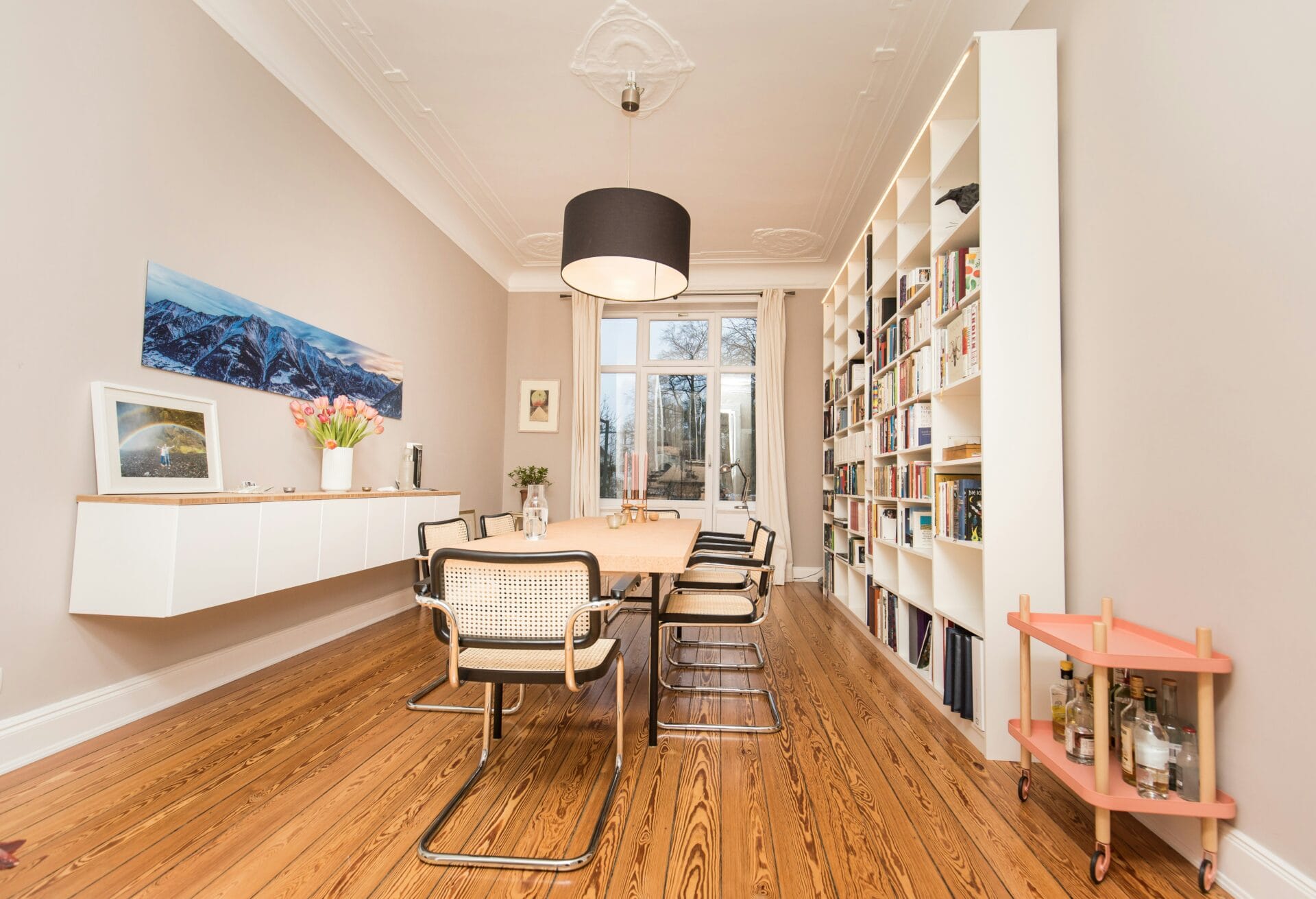Understanding Sustainability in Commercial Furniture
Sustainability in the realm of commercial furniture refers to the design, production, and lifecycle of furniture that minimizes negative impacts on the environment while actively contributing to ecological health. This concept emphasizes the use of renewable resources, reduction of waste, and the implementation of eco-friendly practices in the production process. In the context of interior design, sustainability plays a crucial role, as interior designers are tasked with selecting furniture solutions that not only fulfill aesthetic and functional requirements but also adhere to principles of ecological stewardship.
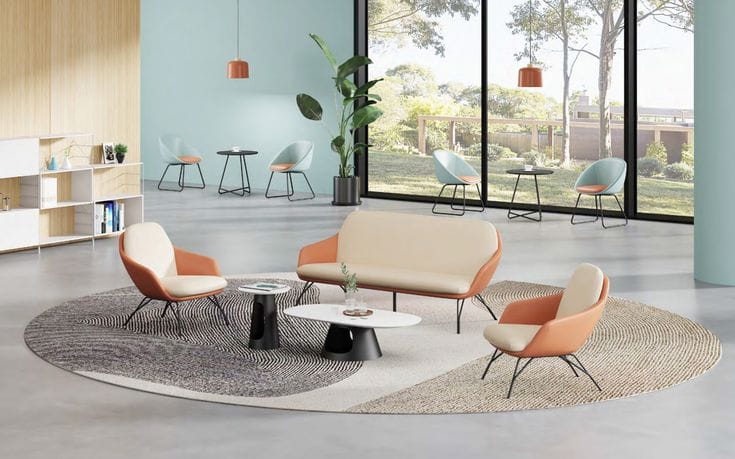
The importance of considering sustainable options in commercial settings cannot be overstated. Interior designers who prioritize sustainability are not merely complying with current trends; they are making a commitment to long-term environmental responsibility. This approach enhances a business’s appeal to clients who increasingly demand eco-conscious choices. Furthermore, incorporating sustainable furniture can lead to operational cost savings over time, as sustainable materials and designs often translate to reduced energy consumption and longer-lasting products.
Moreover, the selection of sustainable furnishings has significant implications for society. By choosing commercial furniture that is made from responsibly sourced materials or that supports fair labor practices, designers contribute to a more equitable economy. This broader perspective underscores the interconnectedness of ecological health and social responsibility, highlighting the designer’s role in promoting a sustainable future. The choices made today regarding commercial furniture not only impact the immediate environment but also set a precedent for future developments in interior design. Ultimately, by embracing sustainability, interior designers can create environments that reflect a commitment to both aesthetic excellence and ecological integrity.
The Environmental Impact of Commercial Furniture
The production, utilization, and disposal of conventional commercial furniture significantly affect the environment, a concern that increasingly requires the attention of interior designers. One of the most pressing issues is deforestation, which is often driven by the demand for timber used in furniture manufacturing. This practice not only leads to the depletion of trees but also disrupts ecosystems and decreases biodiversity. Furthermore, the loss of forests has exacerbated climate change, as trees play a vital role in carbon sequestration.
In addition, the carbon footprint linked to the production of commercial furniture is substantial. Manufacturing processes typically involve the extraction and transportation of raw materials, energy-intensive processing, and assembly, all of which contribute to greenhouse gas emissions. Many designers may overlook such implications when selecting furniture solutions, which can lead to choices that harm the environment rather than support its sustainability.
The pollution generated from the production of conventional furniture cannot be understated. Often, the materials used, such as plastics and synthetic fabrics, release volatile organic compounds (VOCs) that contribute to air pollution and adversely affect indoor air quality in commercial settings. As these materials degrade, they can also leach toxins into the surrounding environment, posing risks to both human health and wildlife.
Lastly, the disposal of traditional furniture produces significant amounts of waste, contributing to the growing crisis of landfill overflow. Many of these items are not designed with end-of-life considerations, leading to a cycle of waste generation that interior designers ought to influence positively. By becoming aware of the negative environmental effects associated with conventional commercial furniture, designers can make informed choices that promote sustainable practices within their projects and help mitigate these detrimental impacts.
Why Sustainable Furniture Matters in Design
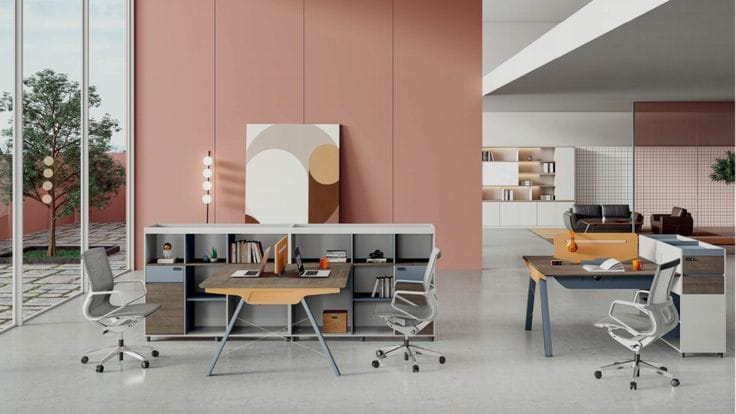
In the realm of interior design, particularly within a commercial setting, the importance of sustainability is increasingly paramount. The integration of sustainable furniture solutions has emerged as a critical factor that not only enhances the aesthetics of a space but also significantly contributes to the overall ethos of a brand. Sustainable furniture is crafted from responsible sources, often using materials that are biodegradable, recycled, or ethically sourced. By choosing such furniture solutions, designers can help cultivate a positive brand reputation, attracting consumers who prioritize responsible and eco-friendly choices.
As the demand for environmentally conscious products rises, businesses must adapt their interior design strategies to align with consumer expectations. Today’s clients actively seek out commercial furniture that reflects their commitment to sustainability, ensuring that their spaces communicate a sense of corporate responsibility and community engagement. Additionally, incorporating sustainable designs into a commercial setting can help organizations comply with increasingly stringent regulations aimed at promoting sustainable practices. This not only mitigates legal risks but also strategically positions brands as leaders in their respective industries.
Moreover, the long-term economic benefits of investing in sustainable furniture cannot be understated. While initial costs may be higher, sustainable options often result in substantial savings over time through reduced energy consumption and longevity. Many of these furniture solutions are designed with durability in mind, minimizing the need for frequent replacements. Furthermore, they often come equipped with energy-efficient features and materials that reduce resource consumption, ultimately driving down operational costs. Therefore, both from an ethical standpoint and a financial perspective, the significance of incorporating sustainable furniture into interior design is clear and compelling.
Eco-Friendly Materials: Options for Designers
As the demand for sustainable practices gains momentum in the field of interior design, the selection of eco-friendly materials for commercial furniture becomes increasingly vital. Designers are now more than ever accountable for their choices, impacting both environmental sustainability and client satisfaction. One of the most notable options is reclaimed wood. This material not only reduces the need for new lumber but also adds unique character and history to any commercial setting.
Bamboo is another compelling choice; it is a rapidly renewable resource, making it an excellent alternative to traditional hardwoods. Its natural durability and aesthetic appeal make it suitable for contemporary interiors. When specifying furniture solutions, designers should consider bamboo’s versatility in both commercial and residential applications.
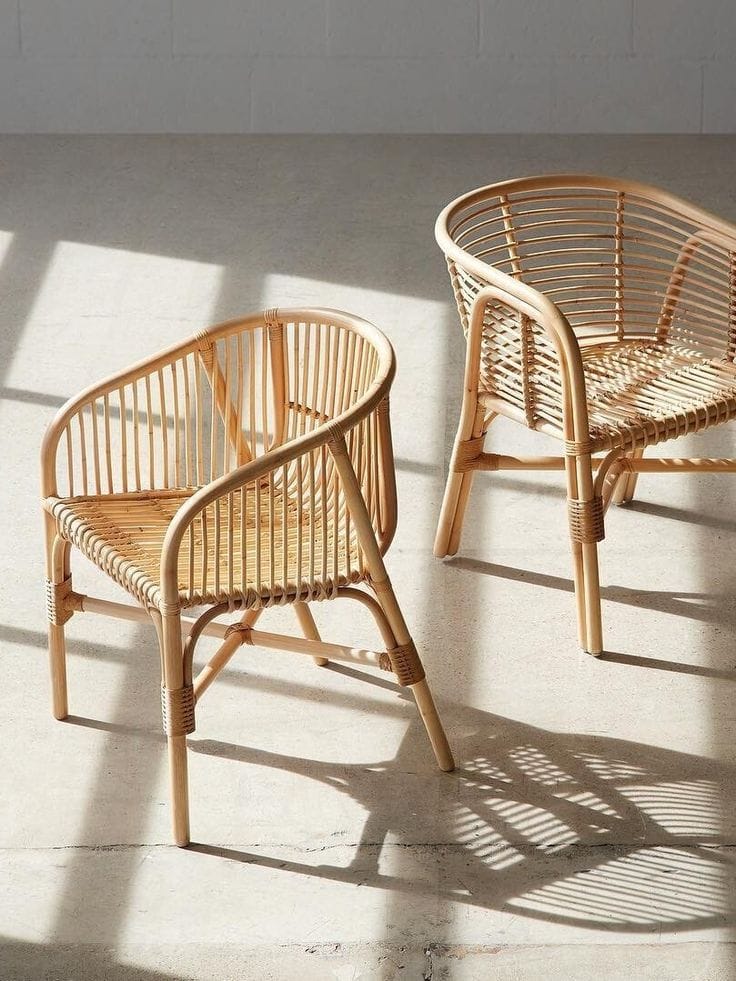
Recycled metal is an innovative material that can contribute significantly to a sustainable design approach. This material is often used in the fabrication of furniture pieces, providing strength and durability. Notably, using recycled metals reduces the environmental impact associated with extracting and processing new materials, thereby aligning with eco-conscious design philosophies.
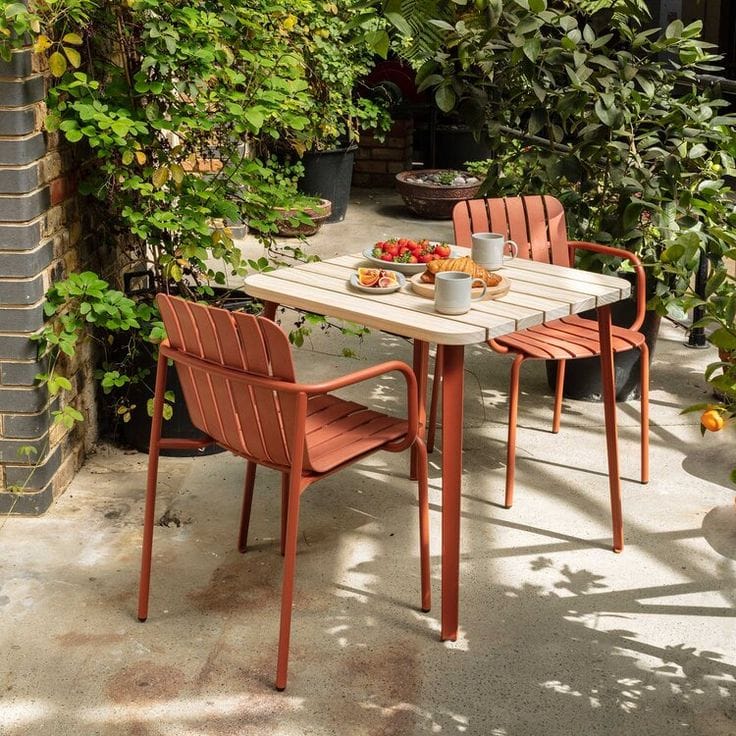
Moreover, incorporating low-VOC (volatile organic compounds) finishes into furniture projects is vital for creating healthier indoor environments. By opting for finishes that emit fewer harmful chemicals, interior designers can enhance air quality in commercial settings, promoting the well-being of occupants. This approach underscores a commitment to sustainability, further appealing to environmentally-minded clients.
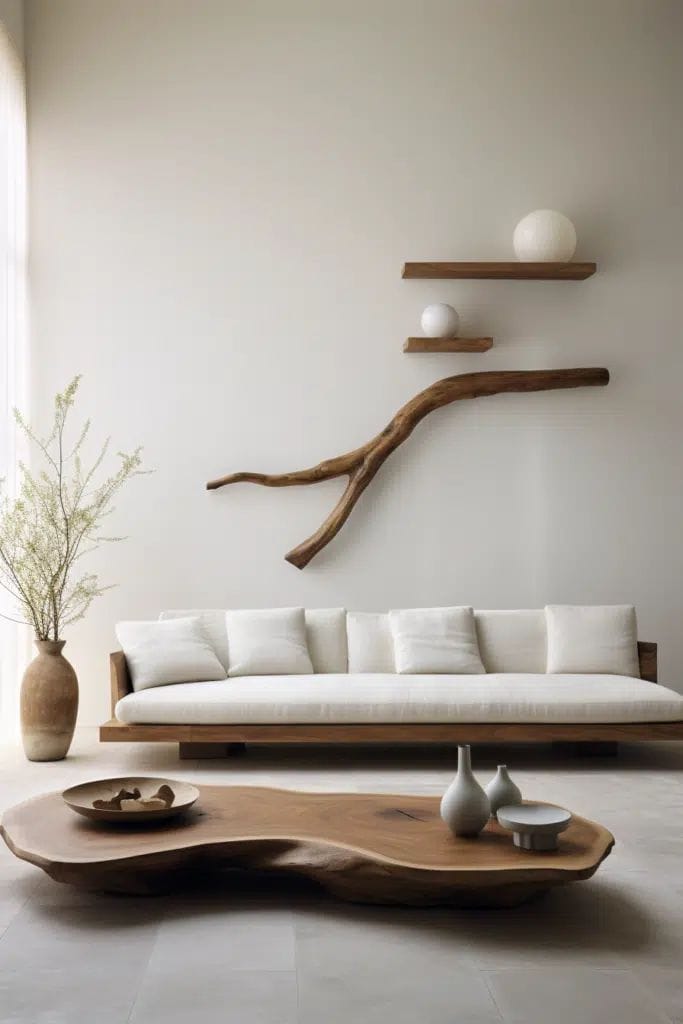
Lastly, sustainable textiles can transform ordinary furniture into extraordinary elements of design. Materials made from organic cotton or hemp, as well as recycled polyester, can significantly lessen the environmental footprint of a project. By utilizing these fabrics, designers not only create visually appealing spaces but also contribute to a more sustainable future.
Examples of Sustainable Commercial Furniture
In the realm of interior design, the selection of furniture for commercial settings plays a pivotal role in achieving a balance between aesthetics, functionality, and sustainability. Several companies have risen to the challenge by producing innovative and environmentally friendly commercial furniture options that cater to the needs of modern workplaces.
One exemplary choice is the use of desks made from reclaimed wood, which not only provides a unique visual texture but also significantly reduces environmental impact by utilizing materials that would otherwise go to waste. Brands such as Herman Miller and Haworth have introduced lines that exemplify this sustainable approach, showcasing desks with certifications such as LEED (Leadership in Energy and Environmental Design) and FSC (Forest Stewardship Council). These certifications indicate that the furniture meets strict sustainability criteria, making them ideal choices for conscientious designers.
In terms of seating, eco-friendly chairs constructed from recycled materials are gaining traction. Manufacturers like Steelcase offer chairs designed with ergonomics in mind, while also emphasizing the use of sustainable practices in their production processes. For instance, the Gesture chair not only provides comfort and adaptability but is also composed of 93% recyclable materials. This dual focus on comfort and sustainability embodies the essence of modern commercial furniture.
Storage solutions also reflect this shift towards sustainability. Options like mobile pedestals or modular shelving systems made from sustainable laminates or bamboo promote both organization and ecological responsibility. Brands such as Knoll provide modular systems that are easily reconfigured, thus extending the life cycle of the furniture in various settings.
These examples demonstrate that interior designers have a plethora of sustainable commercial furniture options available. By incorporating these canny solutions into their projects, designers can achieve stunning interiors that align with eco-friendly practices while fulfilling the functional requirements of commercial spaces.
Designing with Sustainability in Mind
In the realm of interior design, particularly within commercial settings, sustainability has emerged as a pivotal consideration. By integrating sustainable furniture solutions into their projects, interior designers can not only enhance aesthetics but also contribute positively to the environment. To effectively incorporate sustainability, one must focus on several practical strategies.
First, the careful planning of layouts plays a crucial role in optimizing natural light. By strategically positioning furniture, designers can maximize exposure to daylight, thereby reducing reliance on artificial lighting and conserving energy. For instance, placing desks and workstations near windows not only benefits occupants’ well-being but also minimizes energy consumption, a critical factor in sustainable commercial furniture design.
Another important strategy involves the usage of modular furniture designs. Modular pieces are versatile and can be adapted according to space requirements, thereby reducing the need for multiple furniture items. This flexibility not only allows for more efficient use of space but also supports sustainability goals by minimizing material waste associated with purchasing excessive furniture. Additionally, opting for modular systems made from recycled or environmentally friendly materials can amplify the sustainability quotient of the interior design.
Prioritizing multifunctional pieces is another effective approach to ensure minimalistic commercial furniture solutions. Furniture that serves multiple purposes, such as a sofa bed or a desk with integrated storage, limits the amount of separate furniture needed while maximizing utility. This not only reduces clutter but also encourages a cleaner, more streamlined environment conducive to productivity. By embracing these thoughtful strategies, interior designers can create inspiring and functional spaces that exemplify sustainability while fulfilling the furniture needs of modern commercial settings.
Sourcing Eco-Friendly Office Furniture
In today’s commercial setting, the demand for sustainable furniture solutions is increasingly becoming a priority among interior designers. Sourcing eco-friendly office furniture requires a thoughtful approach that aligns with sustainability goals. One effective method is to conduct thorough research on manufacturers known for their commitment to environmental stewardship. Investigating their production processes, sourcing of materials, and corporate social responsibility initiatives can provide valuable insights into their focus on sustainability.
When evaluating furniture options, look for certifications that validate a manufacturer’s sustainable practices. Forest Stewardship Council (FSC) certification denotes that the wood used in furniture comes from responsibly managed forests, ensuring minimal environmental impact. Additionally, ISO certifications can indicate adherence to environmentally friendly practices within various production facets. These certifications ensure that the products meet rigorous environmental standards, which is crucial when selecting furnishings for interior design projects.
Another vital aspect to consider in sourcing commercial furniture is the entire lifecycle of the products. An eco-friendly furniture piece should not only be made from sustainable materials but should also be designed for longevity, repairability, and recyclability. Evaluating the durability of furniture in a commercial setting will enhance its lifecycle and reduce the frequency of replacements, thereby supporting sustainability efforts and reducing waste.
Designers may also utilize various platforms and resources dedicated to showcasing sustainable options. Websites and marketplaces specializing in eco-friendly office furnishings can serve as valuable tools in locating products that align with green practices. Networking with other professionals in the field and attending trade shows focused on sustainable design can also provide additional insights and options. By prioritizing responsible sourcing, interior designers can significantly impact the sustainability of commercial interiors.
Incorporating Sustainable Practices into Commercial Design
Incorporating sustainable practices into commercial interior design is crucial for promoting environmental stewardship and enhancing the overall appeal of a space. Designers can adopt a holistic approach that goes beyond selecting sustainable furniture to encompass various eco-friendly strategies throughout the project lifecycle. One effective method is to utilize energy-efficient systems and materials that minimize resource consumption. For instance, incorporating LED lighting reduces energy usage while also creating a vibrant and dynamic atmosphere suitable for any commercial setting.
Another essential aspect of sustainable commercial design is waste reduction. This can be achieved by implementing a circular design strategy, which emphasizes reusing materials and furniture wherever possible. For instance, designers might consider refurbishing existing pieces or sourcing reclaimed materials to create a unique aesthetic that resonates with the brand’s identity. Additionally, reducing waste during the construction process through efficient planning and material management can significantly lower a project’s environmental footprint.
Collaboration with clients and stakeholders is paramount in championing sustainable choices. Engaging clients early in the design process enables open discussions about their sustainability values and preferences, ensuring that the selected furniture solution meets both aesthetic and environmental criteria. Furthermore, educating clients about the benefits of eco-friendly practices encourages them to make informed decisions that positively influence their brand image and operational efficiency.
Lastly, it is vital to stay informed about emerging trends and technological advancements in sustainable design. Leveraging software and tools that analyze the environmental impact of materials and layouts can help designers create more sustainable commercial interiors. Through these integrated practices, interior designers can foster a more sustainable future while enhancing the functionality and aesthetics of commercial spaces.
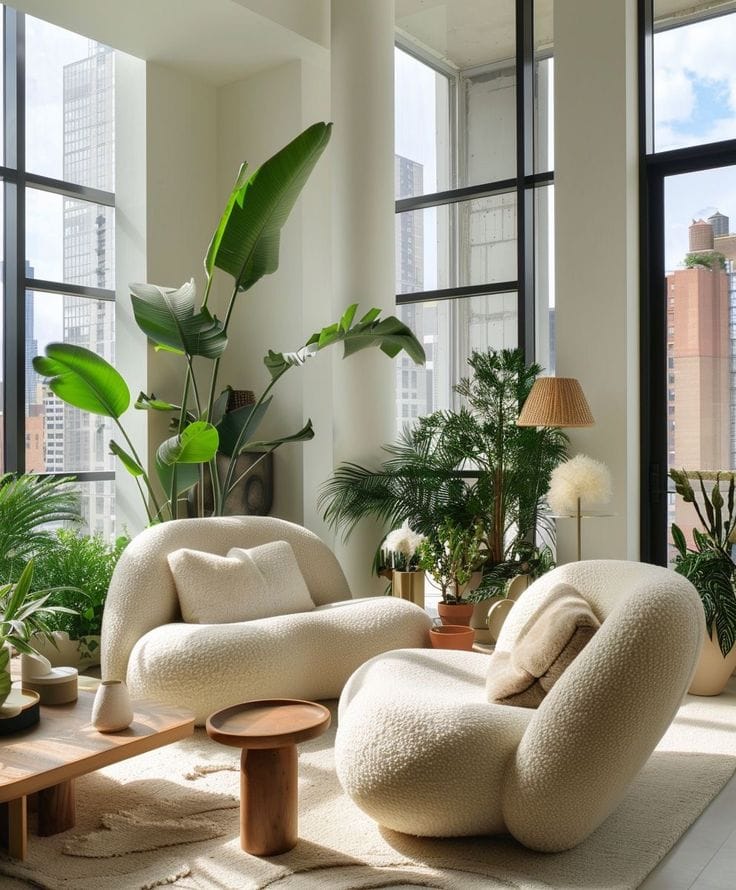
The Future of Sustainable Furniture in Commercial Interiors
The landscape of commercial furniture is evolving rapidly, particularly with the increasing emphasis on sustainability. As businesses become more conscious of their ecological footprint, interior designers are challenged to incorporate innovative furniture solutions that not only enhance aesthetic appeal but also promote environmental responsibility. Recent advancements in materials and technologies are pivotal in shaping this future.
One notable trend is the rise of materials derived from renewable resources. Companies are increasingly opting for furniture made from sustainably sourced wood, recycled metals, and biodegradable plastics. The use of reclaimed and upcycled materials not only reduces waste but also adds character to commercial settings. Designers are encouraged to explore options that align with their client’s sustainability goals, effectively merging functionality with eco-friendly choices.
In addition, technology plays a crucial role in the future of sustainable furniture. The integration of smart technology into commercial furniture encourages efficient space management and energy conservation. For instance, adjustable desks and modular seating can be adapted to fit the changing needs of a workforce, thereby reducing the demand for additional resources. Moreover, advancements in manufacturing processes, such as 3D printing and laser cutting, allow for the creation of designs that minimize waste and energy consumption.
Interior designers must remain informed about these emerging trends and innovations, as they significantly influence the choices available in the market. By sourcing sustainable furniture solutions and prioritizing eco-friendly practices, designers can greatly contribute to the transformation of commercial interiors into spaces that reflect modern, sustainable values. As the demand for such furniture continues to grow, professionals must evolve their practices to meet these new standards and lead the charge toward a more sustainable future.

